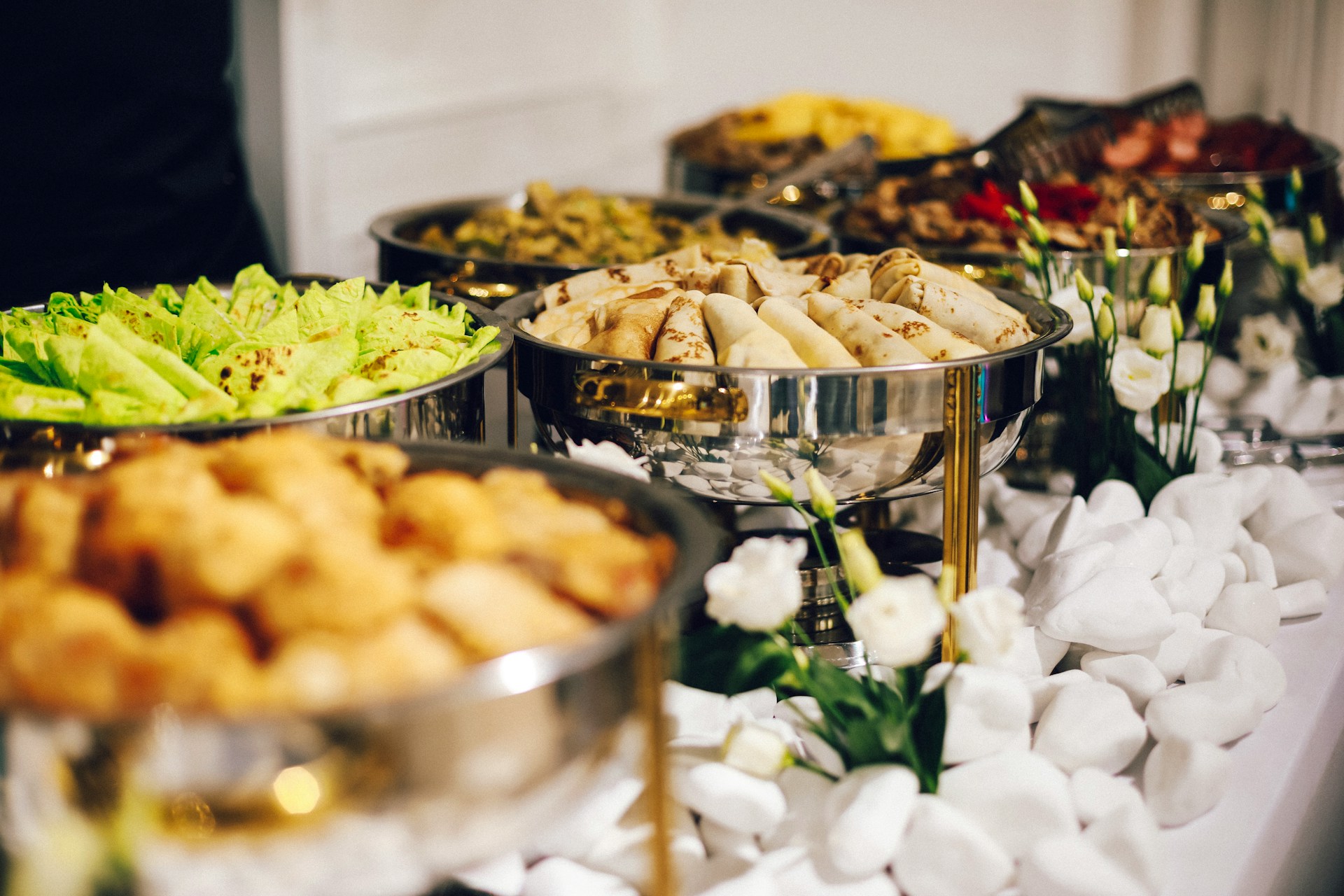Beyond the Buffet: Why Australian Caterers Are Replacing Spreadsheets with Smart Catering Software in 2025

Photo: Unsplash
In the fast-paced world of food and events, Australian catering businesses are ditching outdated spreadsheets in favour of smart, integrated solutions. As client expectations grow and logistical demands intensify, many catering professionals are discovering that traditional tools just don’t cut it anymore. In 2025, catering software has become more than a digital convenience—it’s a necessity for success in a competitive industry.
From boutique wedding planners in Byron Bay to large-scale corporate caterers in Sydney, the shift toward tech is driven by a need for efficiency, accuracy, and agility. Catering software platforms are streamlining everything from menu planning and staff rostering to dietary tracking and invoice generation—making spreadsheet headaches a thing of the past.
Streamlining Operations from Kitchen to Event Site
Managing a catering job is a juggling act. There’s sourcing ingredients, managing prep schedules, coordinating delivery, and ensuring that staff arrive on time—all while responding to last-minute client changes. Smart catering software helps unify these moving parts under one digital roof. With automated workflows and real-time updates, caterers can keep tabs on every stage of service, from the initial quote to post-event cleanup. The result is fewer mistakes, better time management, and less manual data entry.
Improving Client Experience with Customisation Tools
Clients expect more than just good food—they want responsive service, tailored menus, and flawless execution. Catering software empowers businesses to deliver all of that with ease. With customisable menu builders, automated allergy alerts, and instant proposal generation, caterers can impress clients with polished presentations and fast turnarounds. This level of sophistication and speed is tough to achieve with basic spreadsheets, no matter how meticulously formatted.
Better Inventory and Cost Control
One of the biggest challenges caterers face is controlling costs while ensuring quality. Manual spreadsheets often lack the depth to track real-time ingredient use, price fluctuations, or supplier delivery timelines. Catering software can do all of this and more. By integrating with POS systems and supplier databases, it gives caterers a live view of what’s in stock, what’s on order, and what’s being wasted—helping reduce overspending and streamline purchasing decisions.
Seamless Staff Scheduling and Payroll Integration
Coordinating chefs, servers, bar staff, and drivers is a logistical headache on a good day. Doing it manually through spreadsheets can lead to double-bookings, last-minute scrambles, and payroll confusion. Catering software solutions now come with built-in rostering and time-tracking tools, ensuring shifts are fairly distributed and compliance with labour laws is maintained. Some even integrate directly with payroll systems, automating timesheets and wage calculations for a truly hands-off approach.
Tech on the Menu for 2025
In 2025, the Australian catering landscape is being reshaped by technology that understands the unique rhythms of food and service. Smart catering software isn’t just about replacing spreadsheets—it’s about elevating the way caterers plan, serve, and grow. With tighter margins, higher client expectations, and increased competition, embracing these digital tools has become essential. For caterers ready to future-proof their operations, software is the secret ingredient to staying ahead.





